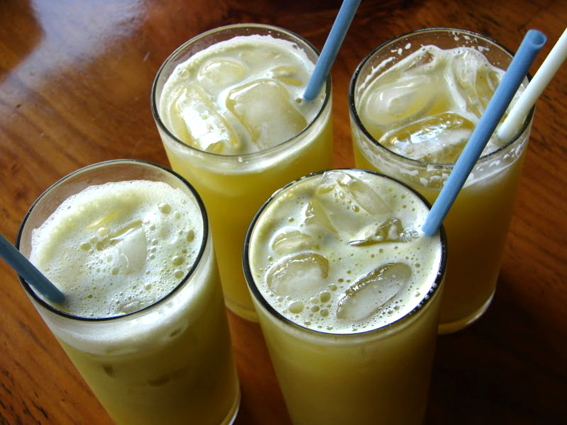São João Del Rey is a Brazilian municipality in the state of Minas Gerais. It is a historical city with much XVIII century architecture.
It is located in the drainage basin of the Rio Grande and its terrain is located in the Mantiqueira mountains. It is a centre for the cities in the south and southeast of Minas Gerais.
São João del Rei was an important station on the Estrada de Ferro Oeste de Minas, a narrow gauge railway characterised by woodburning steam locomotives, and the location of a major roundhouse. The station and surrounding facilities have been turned into Brazil's largest railway museum, and a tourist railway operates from the station to the well preserved colonial town of Tiradentes.
Also it is a university town. The campus of the Federal University of São João del-Rei (UFSJ) and a number of other educational institutions are present in the city. A second medical school is to be established at the University.
The city has many famous religious festivals through the year, most of them preserving the way it was celebrated by the time of the foundation, with baroque music and special celebrations that attracts tourists from all over the world, with a special place for the Holy Week, the time of the year that the town gets the most movement of people.
Search: wikipedia
 |
| Federal University of São João del-Rei |
 |
| São Francisco de Assis Church |
 |
| Photo: wikipedia |
 |
| Train and locomotive |



